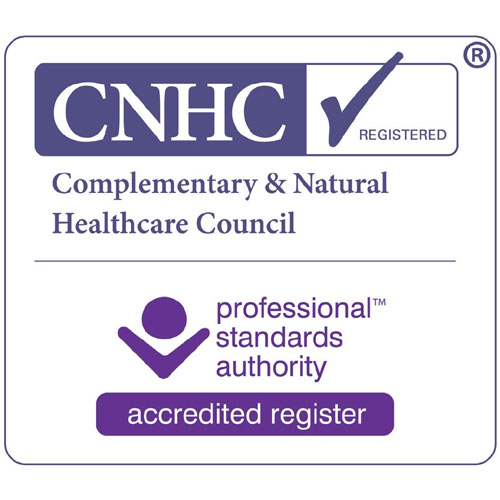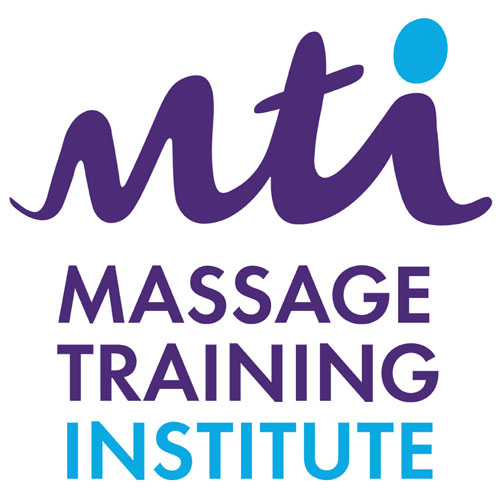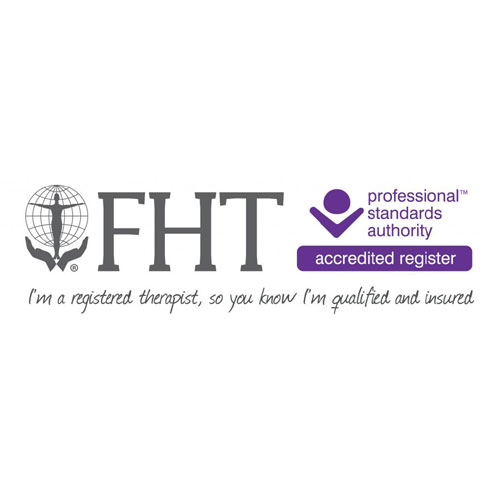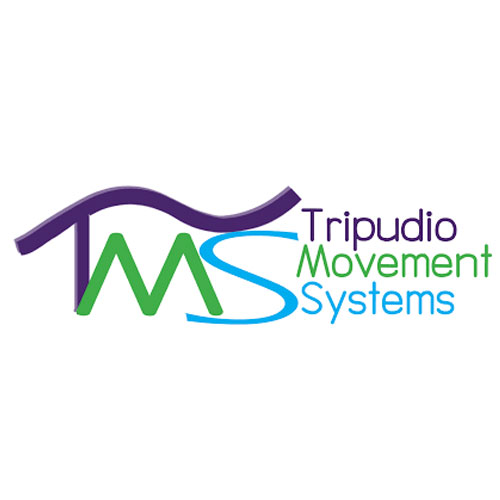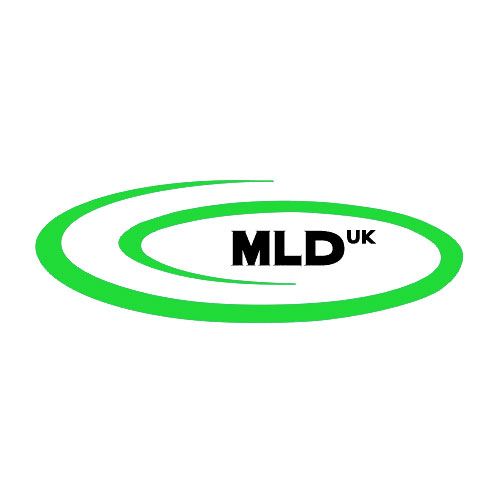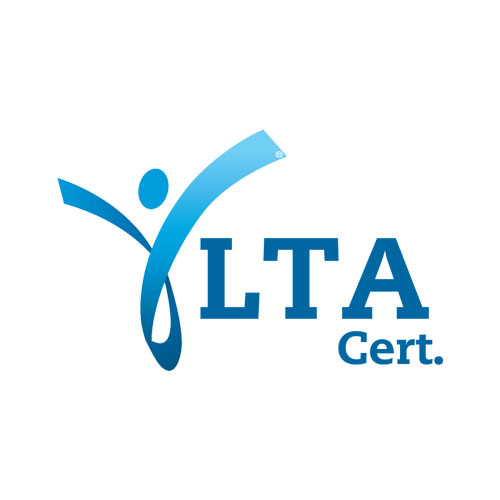Starting your journey
Embracing Change
Supporting Your Lymph Flow & Immune System
Additional Lymph Support
Touch, Movement & Bodywork Therapies
Energy in Harmony
Sharing the experience
A one-to-one with your practitioner
Treatment Information
Getting in touch
Connections
Sharing information
CPD Workshops 2024/2025 - Anatomy Trains UK (to be confirmed)
Supporting Your Lymph Flow & Immune System
Please click on a therapy for further information:
Manual Lymphatic Drainage (MLD) – Dr Vodder Method
Manual Lymphatic Drainage (MLD) is an advanced, specialised technique developed during the 1930’s by Danish therapists Dr Emil Vodder and his wife Estrid Vodder. It was designed specifically to improve the functioning of the lymphatic system, and on-going worldwide lymphology research today still continues to demonstrate its proven worth in influencing congestion of the lymphatic system, positive therapeutic benefits on the nervous system and its far reaching impact on other systems of the body.
It is sometimes also referred to as Medical Lymphatic Drainage.
A specialised therapy using, light, rhythmic pumping techniques, moving the skin in the direction of your natural lymph flow – it’s non-invasive, gentle, soothing and deeply relaxing.
Lymph drainage within the body is a natural process, but sometimes it may require a little help to make it more efficient when there is congestion, resulting in better health and general wellbeing.
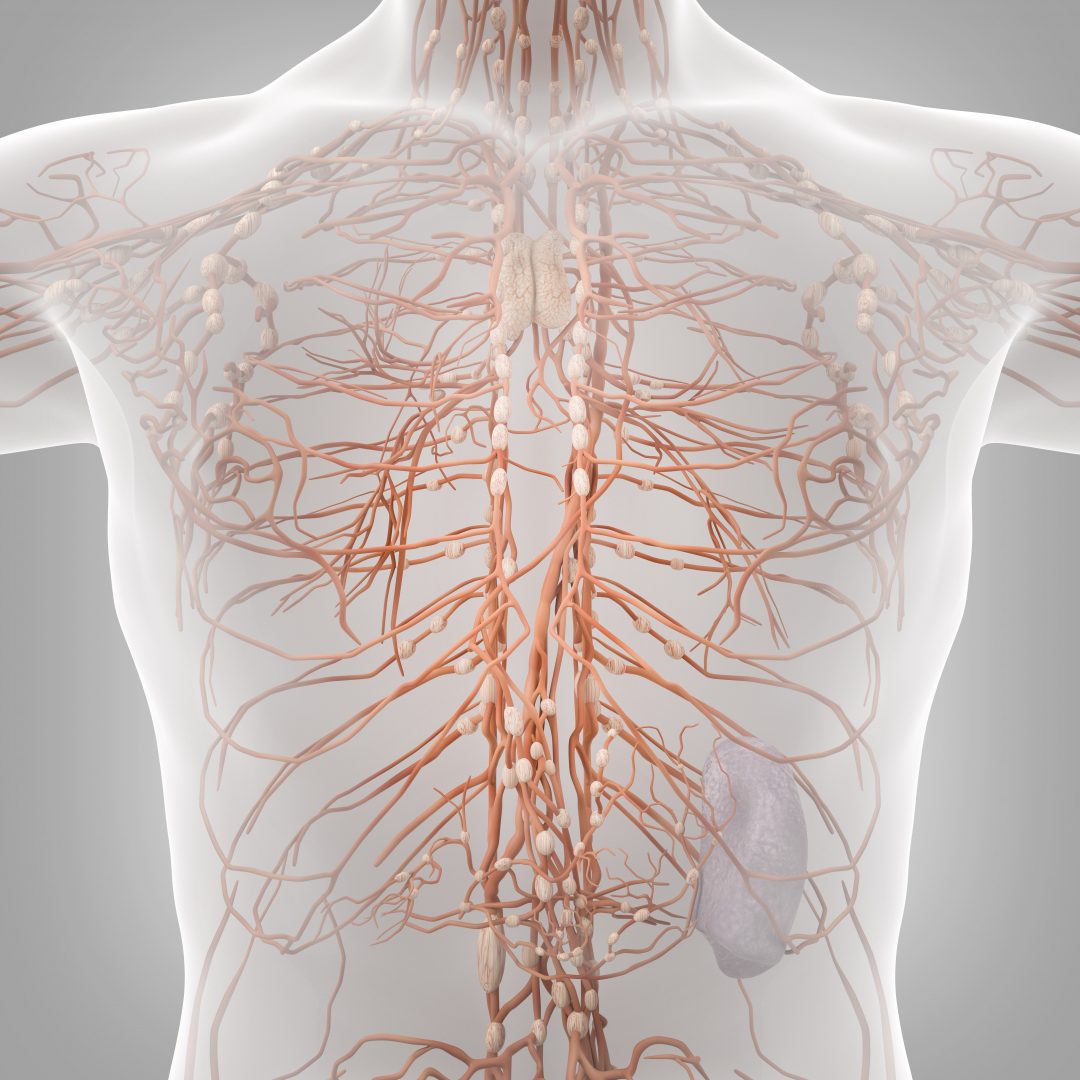
Fill and Flush (FG-MLD) Technique
The ‘Fill and Flush’ (FG-MLD) specialised technique was pioneered by Professor Jean-Paul Belgrado at the University of Brussels. By using fluoroscopy guided imaging it allowed for the active movement within the superficial lymphatic network to be visible as real time images for the first time. This then led to the ability of being able to identify and map problem areas of blockage, and most importantly highlight functioning lymphatic pathways that could be used during treatment to obtain positive outcomes.
Built on existing knowledge and continuing research a new approach and hands-on technique was developed to benefit those with Lymphoedema.
The ‘Fill and Flush’ (FG-MLD) is a hands-on treatment method that uses slightly more pressure, but should never be uncomfortable. There is more patient involvement and encouraged active movement throughout the treatment.
MLD therapy:
- encourages contraction of the lymphatic vessels, clearing pathways to allow areas of build-up and excess fluid to drain away from the connective tissues
- allows for greater removal of metabolic waste products and toxins
- has an effect in the transport of substances vital to the defence of your body’s systems – promoting an improved environment for healthy tissue growth; speedier healing, recovery after – illness, injury or surgery
- When used as part of an intensive treatment programme, MLD maximises the potential of your lymphatic system
- a well-functioning lymphatic system contributes to healthier body tissue and plays an important part in your body’s immune responses.
- Has a variety of other beneficial therapeutic applications due to its far reaching effects, sitting comfortably in both the medical and complementary therapy world
- Encourages deep relaxation, allowing the parasympathetic nervous system to engage and help to reduce pain
MLD therapy:
- plays a vital part in the treatment and on-going management of Lymphoedema (both Primary and Secondary), Lipoedema and Lipo-Lymphoedema related conditions.
- the specialised massage techniques help to move lymph fluid and reduce swelling.
- one of the supporting treatments during intensive Combined Decongestive Therapy (CDT), comprising of one or several of the following – MLD, multi-layer or 3M Coban bandaging, skin care, moderate exercise, Simple Lymphatic Drainage (SLD) and the use of compression garments to maintain your condition once good results have been achieved.
- provides maximum benefit when an intense course of treatments are applied initially to give your lymphatic system a boost, maintain the momentum gained, to achieve the best results. Thereafter, further treatments if required, can be spaced apart depending on your needs.
- the number and frequency of your sessions will be governed by your health condition
- due to its gentle touch no oils are used which makes this therapy safe if you have sensitive or delicate skin.
Lymphatic System
The lymphatic system is a vital element within the body, and an addition to the blood circulatory system that governs our immune system, general health and well-being.
The blood circulatory system supplies every part of the body with water and proteins via blood vessels and capillaries. Fluid constantly passes through your body’s tissues from these capillaries. Once taken up by the lymphatic vessels it is referred to as ‘lymph’, which is transported in a single direction towards areas containing lymph nodes – little cleaning stations where waste products are removed, before the clean lymph fluid is returned to the bloodstream.
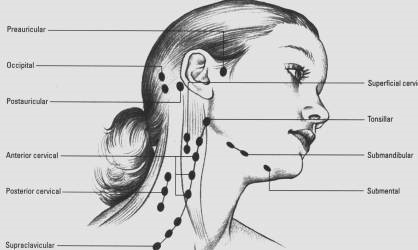
- The lymphatic system supports your vascular system in the movement of essential hormones and nutrients to the cells, in addition to removing waste products.
- the lymphatic system is made up of a complex network of drainage pathways and lymph nodes around the body, and is an important way for extra fluid and waste products to be cleared away from cells and body tissues.
- it essentially drains fluid, filters lymph, filters the blood
- forms a significant part of your immune system, helping your body to fight infection, and is responsible for cleansing your tissues and maintaining a natural balance of fluids in your body
- transportation of lymph is dependent on muscle movement (light to moderate exercise), the contraction of the vessels push the fluid along
- the gentleness of MLD, along with deep breathing aids in the movement of lymph more effectively, thereby having massive health benefits
- if you have a compromised lymphatic system it is important to speak with your GP, Lymphoedema Clinic or other Healthcare professional before commencing MLD therapy
Lymphoedema
Lymphoedema is the term generally used to describe a visible swelling that can develop anywhere in the body, but it is most commonly seen in the extremities (arms and legs) due to a problem with the lymphatic drainage system. The lymph system because of damaged or blocked drainage channels gets to a point where it is no longer able to drain the build-up of fluid and waste products contained within the tissues of the body. There are many reasons that can lead to different stages of lymphoedema occurring, some of which are due to known congenital factors; external causes that can be easily identified; or in some cases the trigger or cause remains unknown.
Lymphoedema can result in many changes taking place mainly in the skin and underlying tissues. The term ‘chronic oedema’ is used when the condition has been present for some months or even years. If left untreated, there is the potential for it to worsen over time. The key terms used to describe lymphoedema include:
Primary Lymphoedema :
This may be present at birth, puberty or at any time during mid-life as a result of an under developed lymphatic system; or the cause could remain unknown.
Secondary Lymphoedema :
Refers to a known cause:
- the result of cancer itself impacting on the lymphatic system
- following treatment for cancer – surgery,radiotherapy
- because of an accident, injury or trauma resulting in damage to the lymph vessels affecting drainage
- venous insufficiency
- recurring infections – cellulitis
- other general surgeries involving lymph node removal.
The British Lymphology Society (BLS) has launched the ‘Every Body Can’ campaign to give people with, or at risk of developing Lymphoedema, the encouragement they need to become and stay active.
Movement is one of the best tools we have for keeping the lymphatic system healthy. Look at ways to stay active and keep your lymphatic system fighting fit – ‘EVERY BODY CAN’
Lipoedema / Lipo-Lymphoedema
Lipoedema predominately affects women, although there are very rare cases where men have been diagnosed. It is a known fat disorder identified as an abnormal build-up of fat cells in the legs, thighs, buttocks and arms. Other indicators are:
- Your body’s presentation may be disproportionate – small waist and overly large hips, thighs, buttocks,lower legs, or larger arms
- Lipoedema is distinguishable as it normally does not affect the hands or the feet
- Its presentation is symmetrical i.e. both legs will be affected or both arms
- If dieting you lose weight everywhere else except for your lipoedema legs or arms
- Your legs or arms bruise easily
- Pain and tenderness on touch or when knocked
- There is a heaviness and discomfort in the legs
- It can be present in other female members of the family
- The condition is known as lipo-lymphoedema if the hands or feet become swollen due to circulatory issues with lymphatic flow
More detailed information can be gained by visiting Lipoedema UK.
Cosmetic and Plastic Surgery Recovery
MLD is now recommended by many cosmetic and plastic surgeons both here in the UK and abroad to accelerate your recovery post-surgery.
- Beneficial pre and post cosmetic or plastic surgery if having:
- Vaser Liposuction – general body or for conditions such as Gynaecomastia
- Vaser Hi-Definition/Contouring
- Tummy Tuck / 360 Body Lift
- Tumescent or Water Assisted Liposuction (WAL) for Lipoedema
- And more…
- Promotes faster healing by reducing swelling, inflammation and bruising experienced post-surgery
- Helps to manage pain and discomfort
- Softens fibrosis and adhesions
- Your surgeon will advise you on the number of sessions required – everyone heals at different rates so this may vary
- MLD will also be used in conjunction with Deep Oscillation Therapy (DOT) to further enhance your treatment
If considering surgery abroad please see NHS guidance.
MLD may support other conditions including:
- kin related conditions – acne, eczema, psoriasis, rosacea, and scleroderma
- Improves and naturally clears the skin, leading to better skin tone, great as a facial therapy
- a tonic effect on intestinal peristalsis, which in turn will aid digestive related problems
- Encourages the body’s healing process to improve the appearance of burns, wounds + scar tissue
- can help to reduce swelling and inflammation in chronic conditions that can lead to discomfort or pain e.g. arthritis
- Can be an aid to the body during a cleansing/detox programme
- Reduces fluid congestion from puffy eyes to swollen ankles
- Excellent as a preventative measure to enhance your general health and well being
- Encourages the healing of fractures, torn ligaments, sprains
- Aids variety of other chronic health related conditions – sinusitis, arthritis
Swelling can occur anywhere within the body for a variety of reasons, so if you develop un-explained oedema (fluid swelling), or suspect that you could have Lymphoedema, Lipoedema or Lipo-Lymphoedema it is important to see your General Practitioner or Consultant in the first instance to obtain a formal diagnosis and where feasible identify the underlying cause.
If you have developed symptoms of Lymphoedema swelling following cancer surgery or cancer related treatment speak with a member of your Multi-disciplinary Team (MDT) in the first instance for advice and guidance. Early detection and management will be beneficial in the long-term.
Your health care professional will discuss the potential range of referral options for treatment, including making a referral to your local Lymphoedema Clinic or Service for an assessment and diagnosis. If Lymphoedema or Lipoedema are left untreated, there is a risk they may worsen over time. There are positive ways that you can control and manage your symptoms, which in the long term will give you a better quality of life, inner confidence leading towards a psychological acceptance of your condition over time.
Pauline is registered with:
The Complementary & Natural Healthcare Council (CNHC), Federation of Holistic Therapists (FHT),
Massage Training Institute (MTI), Manual Lymphatic Drainage UK (MLDuk) the leading professional association for MLD practitioners

